The Powerhouse Museum in Sydney is hosting a great exhibition to do with how Lord of the Rings Motion Picture Trilogy was created. Its been running since late December, and will close on April 3rd.
There is a lot to see: props, jewellery, weaponry, armour, costumes, models, artefacts, design drawings and paintings, marquettes, moulds, the Ring itself, and prosthetics. There is also a swag of video coverage about how the digital effects, special effects and make-up were achieved, and video interviews with cast and crew, though a lot of that already appears on the extended DVD.
I’m not a great fan of Lord of the Rings. Its unrelentingly male, and I’ve always appreciated the joke that Shelob is the most convincing female character. But there was lots to enjoy about the films, and this exhibition. My overwhelming impression was how wonderfully detailed everything was, and how much thought and care had been given to its making.
Gandalf’s grey robe is made of a beautiful rough mixture of natural fibres, (linen, hemp and silk, if I remember correctly) woven locally in NZ. I got a buzz out of seeing his wonderful bent felt hat (after John Howe’s great illustrations) , as well as all his ancient tomes. And lying among them, the charming surprise of his toffee bag, a small drawstring leather pouch!
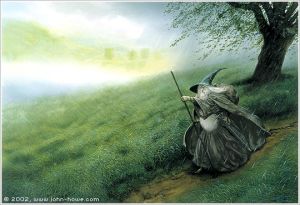
Gandalf the Grey (courtesy www.john-howe.com – cool site!) Despite being a real Cate Blanchett fan, I had been disappointed with how Galadriel’s character was written in the film. But her dress was stunningly beautiful, white and luminescent. In contrast, the vacant dark Ring Wraith’s costume had a real sense of foreboding about it.The jewellery, weapons and objects like sword sheaths and straps were beautifully crafted and decorated. It was fun to see Frodo’s mithril coat of mail, and actually handle samples of the chain mail that was painstakingly made for Gimli’s and other characters’ costumes.
There were reproduction models (specially made for the exhibition) of Treebeard’s head, the cave troll and a goblin, which were cool. I loved seeing the marquette of Shelob’s head, and finding out that she was modelled on a tunnel web spider that the Kiwi designer Christian Rivers found in his garden. Of the building or scene models, I particularly liked the ruined Hobbiton Mill.
From a maker’s point of view it would have been good to find out in more detail the exact process of how some of these things were made, and the materials that were used, but I guess that would be catering to too specialist an interest. I haven’t read The Making of the Lord of the Rings, but I doubt that would go to that level of detail either.
I hoped to be able to buy a postcard of Galadriel’s dress to send to a friend’s daughter, but the merchandise in the inevitable shop at the end was boring, just the usual stuff that has been around in shops anyway. You would think that it would have been worthwhile for both sellers and buyers to have some merchandise available that actually reflected the finer focus of the exhibition.
You are meant to book for the exhibition if you are not a member, though the crowds had dropped off when I saw it a few weeks ago, and it was easy to get in. If you decide to go, its worth considering a membership to the Powerhouse. We qualified for a ‘rural family’ membership which cost $2 more than entrance to the exhibition, and gives us other perks for the year ahead not only at the Powerhouse, but places like the National Gallery of Australia and Questacon.

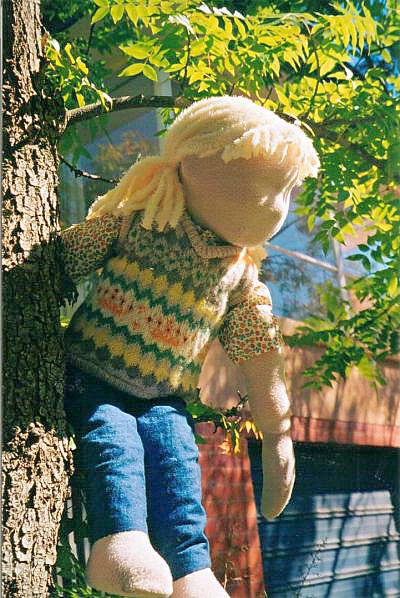

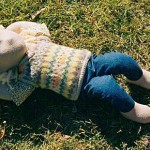
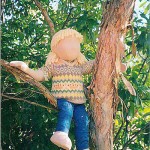
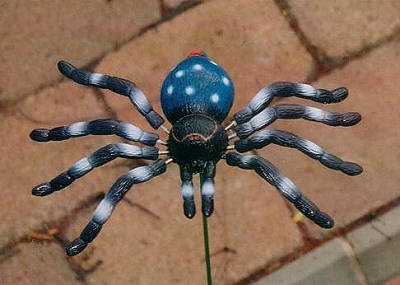

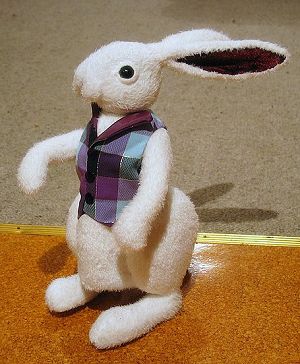
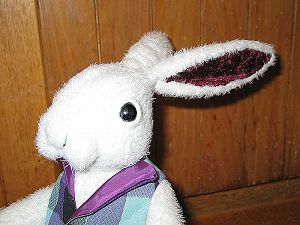
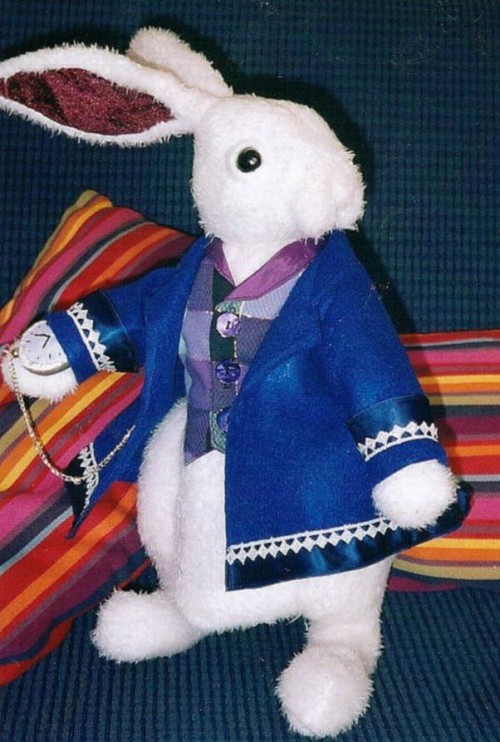
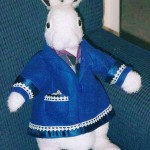
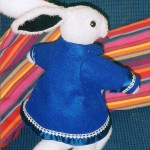
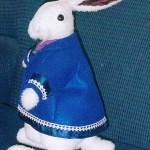
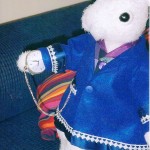

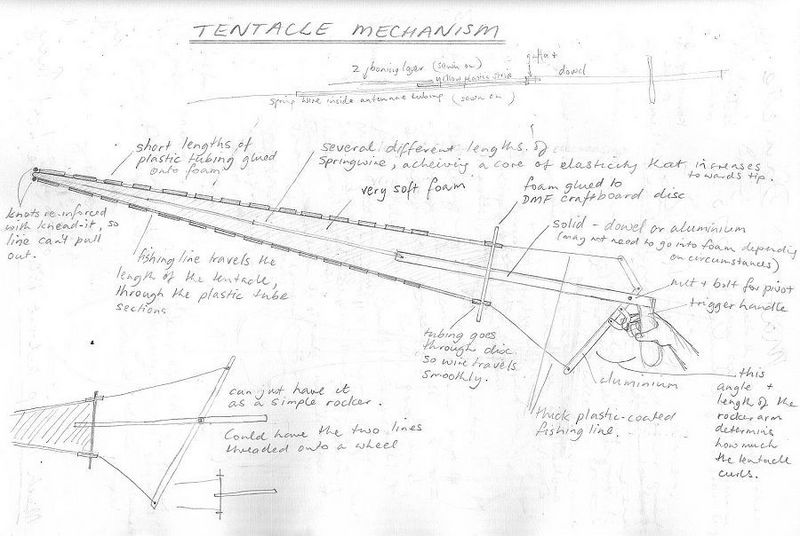

 I’ve opened a second blog,
I’ve opened a second blog, 
 As promised
As promised 

